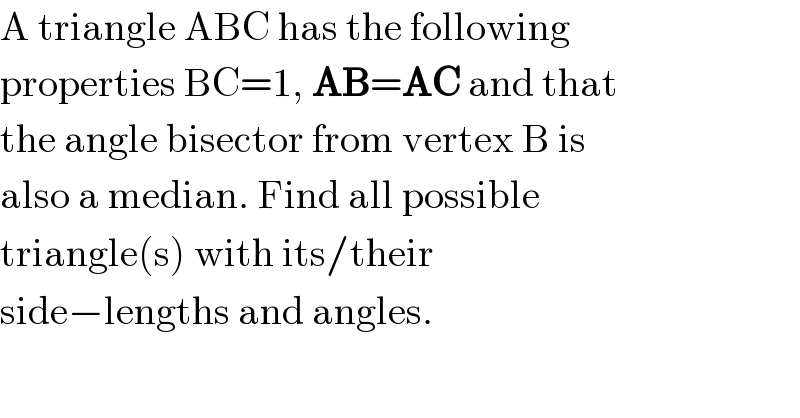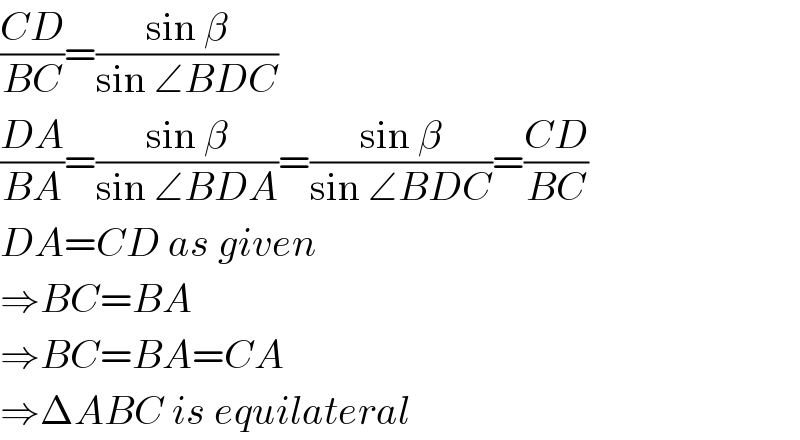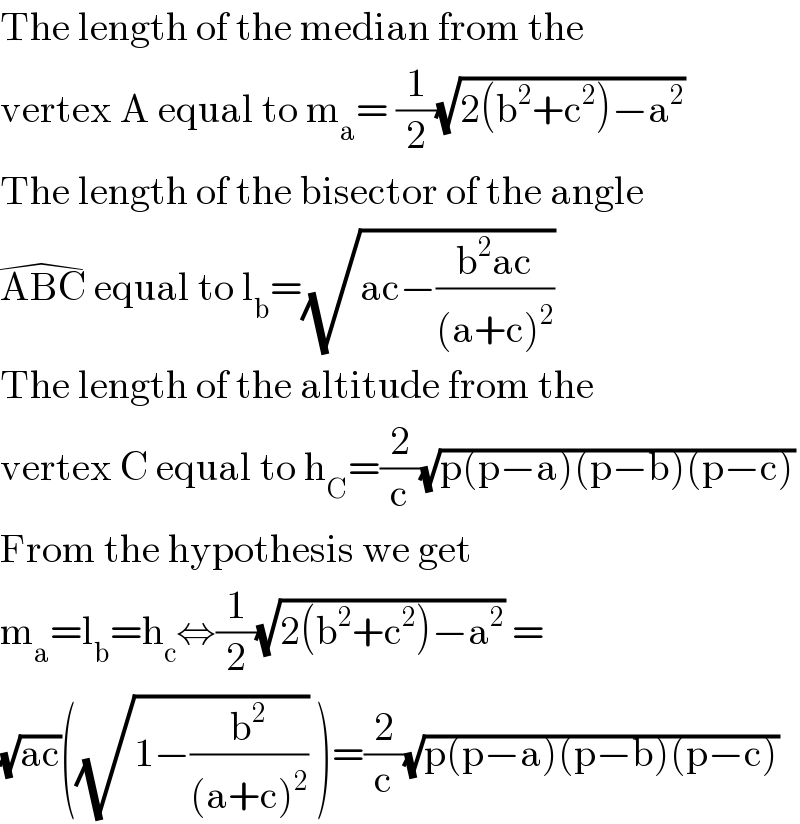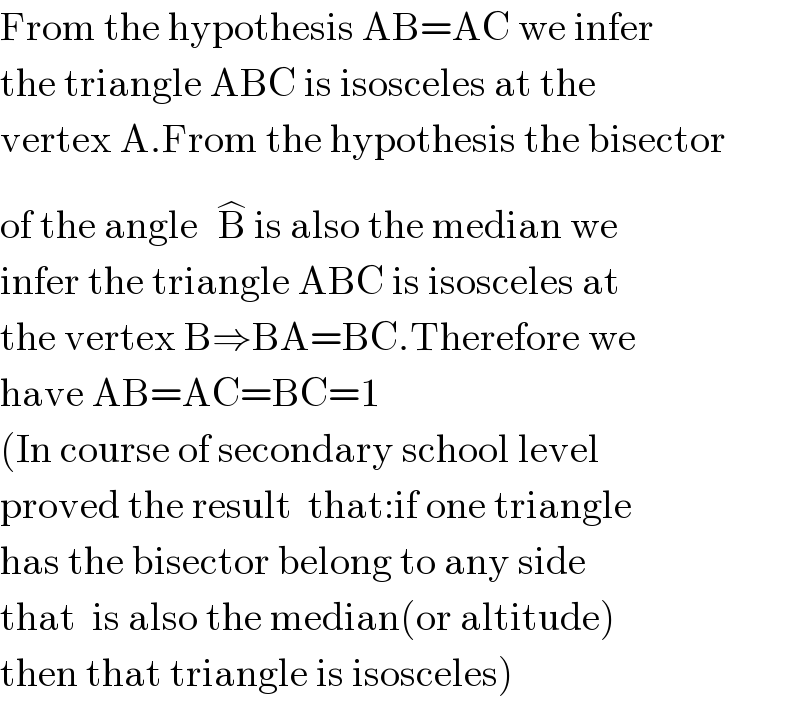
Question and Answers Forum
Question Number 112318 by Aina Samuel Temidayo last updated on 07/Sep/20

Commented by Aina Samuel Temidayo last updated on 07/Sep/20

Commented by mr W last updated on 07/Sep/20

Answered by mr W last updated on 07/Sep/20

Commented by mr W last updated on 07/Sep/20

Commented by Aina Samuel Temidayo last updated on 07/Sep/20

Commented by Aina Samuel Temidayo last updated on 07/Sep/20

Commented by Aina Samuel Temidayo last updated on 07/Sep/20

Commented by 1549442205PVT last updated on 08/Sep/20

Commented by Aina Samuel Temidayo last updated on 08/Sep/20

Commented by 1549442205PVT last updated on 11/Sep/20

Commented by Aina Samuel Temidayo last updated on 10/Sep/20

Answered by 1549442205PVT last updated on 07/Sep/20

Commented by Aina Samuel Temidayo last updated on 07/Sep/20

Commented by Aina Samuel Temidayo last updated on 07/Sep/20

Commented by Aina Samuel Temidayo last updated on 07/Sep/20

Commented by 1549442205PVT last updated on 08/Sep/20

Commented by Aina Samuel Temidayo last updated on 07/Sep/20

Commented by Aina Samuel Temidayo last updated on 07/Sep/20

Commented by Aina Samuel Temidayo last updated on 07/Sep/20

Commented by 1549442205PVT last updated on 07/Sep/20

Commented by Aina Samuel Temidayo last updated on 07/Sep/20

Commented by 1549442205PVT last updated on 08/Sep/20

Commented by Aina Samuel Temidayo last updated on 08/Sep/20

